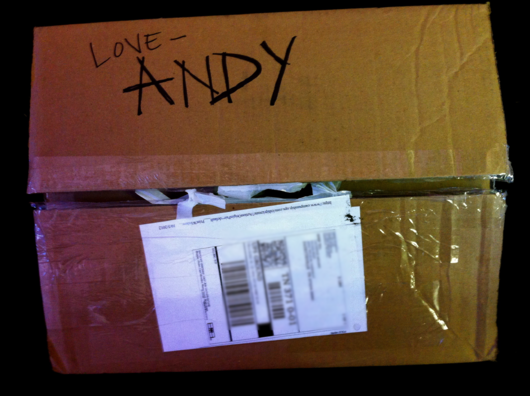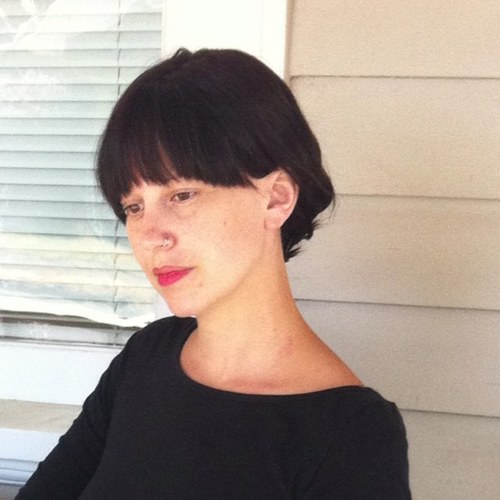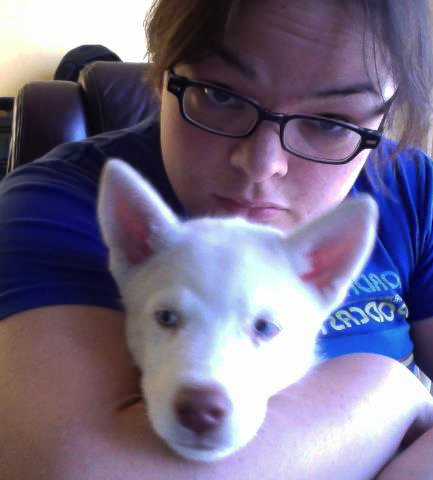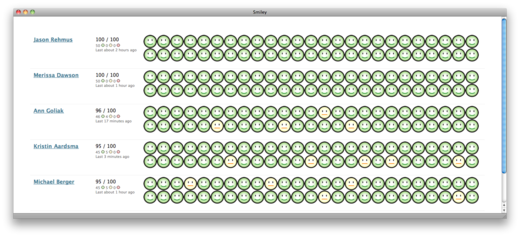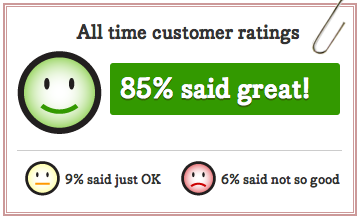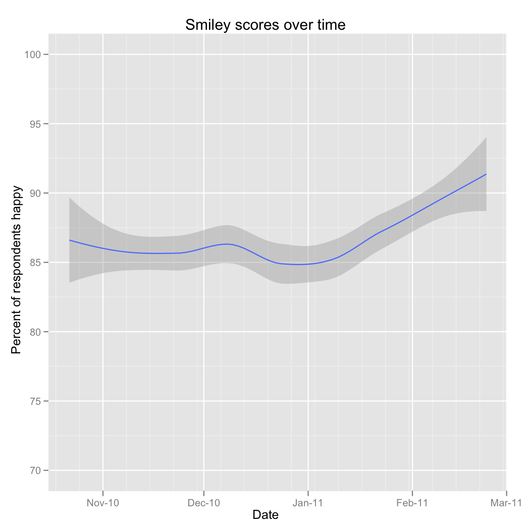Officially, 37signals customer support is only available during standard U.S. business hours — 8 a.m.-5 p.m. CST (14:00-23:00 GMT). In reality, we’re usually open a little longer than that, because some of us are morning people (Merissa!) and some of us are night owls (Joan!). We’ll sometimes pop in on weekends too, especially when it’s busy. Still, that only amounts to about 60 hours of availability in a 168-hour week.
That’s been a bummer for folks in other parts of the world — nearly a fifth of our customers are in Europe, and at least 5 percent work from Asia and Australia. While it’s often easy to get back to our American customers in less than an hour, Europeans could be waiting more than six hours for a response, and our friends down under could wait a whole business day. When you’re unable to log in to your account, or somebody removed your admin permissions, or you can’t find that file you know you uploaded yesterday, well … that sucks!
It sucked even worse after we launched the new Basecamp and suddenly had hundreds more cases per day with the same tiny team of seven. Cases were piling up to 400, 500, 600 deep. It got so bad that a few times, we straight-up shut down intake, just so we could catch a breath. Not cool.
In June, it was taking us about 110 minutes to reply to emails during business hours, 279 minutes on average overall. Only 41% of customers were getting a reply within an hour when we were on the clock, and a dismal 29% received a response within an hour overall.
Ouch.
We had already decided to bring on some folks across the pond to better serve our customers in different time zones. We added the lovely and talented Monika (Netherlands) and Jim (UK) to the team (more on them soon!), and I’ve been working from Europe this summer as well — so lately, our day has been starting around 3 a.m. CST.
We’ve been experimenting with later shifts, too — Kristin, Ann, and Joan have been taking turns coming in around 11 a.m.-noon and leaving around 8-9 p.m. CST.
What this means is that, at least during the Monday-Friday workweek, we’ve gone from 8-12 hours of availability to about 18. So far, that’s making a world of difference.
Yesterday at 11 a.m., for example, the median time to a first reply during business hours was 24 minutes and 73% of cases were being answered within an hour. (You can always see how quickly we’re getting to things on our “Happiness Report” page.)
In the three and a half weeks before we started European hours and late shifts, our median weekday response time was six hours. Since we spread the hours out (in addition to some awesome deploys and feature improvements, too!), median weekday response time has fallen dramatically, to around 55 minutes. We’ve been reaching “Inbox Zero” at the end of the day — something that hasn’t really happened since we launched Basecamp on March 6. No more 100+ case backlogs to work through and prioritize first thing in the morning, because we’re constantly working through the queue.
Is this perfect? Heck no. We know that commerce is 24-7, and 55 minutes can feel like an eternity when stuff isn’t working. We know people rely on our apps to do their jobs, and when something goes wrong, it can create big problems. We take that super-seriously. We’d like to move toward around-the-clock support, where everyone is getting a reply within an hour. Ideally, no one would wait more than a few minutes to hear back from us.
That’s the direction we’re heading in — this is just a step toward it. But it’s been a major step, and we’ll all breathing a little easier and sleeping a little more soundly!
Thanks to Noah for his help with the numbers here.
